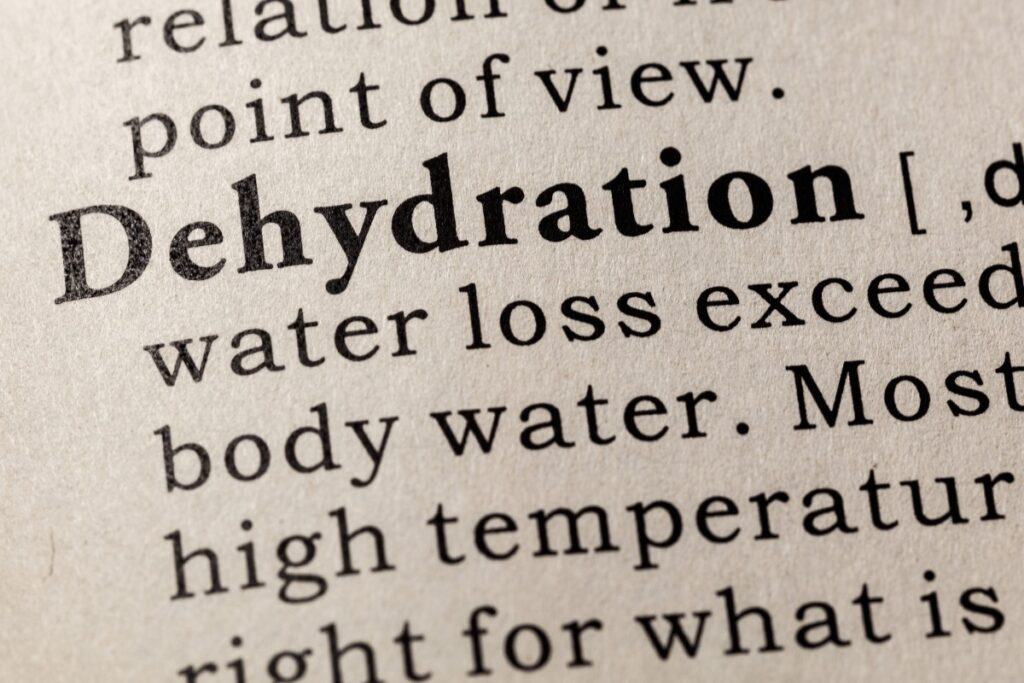Discover the benefits of dehydrating microgreens and how to do it correctly. Learn how to extend the shelf life of your microgreens and keep their nutrients intact.
Microgreens are packed with nutrients and flavor, making them a popular choice for salads, sandwiches, and garnishes. However, their short shelf life can make it challenging to enjoy them to the fullest. Fortunately, dehydrating microgreens is a simple and effective way to preserve their nutrients and flavor for later use.
In this article, Dehydrate Microgreens: A Guide to Preserve Nutrients and Flavor we will guide you through the process of dehydrating microgreens, from choosing the right type of microgreens to storing them correctly. We will also discuss the benefits of dehydrating microgreens and answer some frequently asked questions.

Choosing the Right Microgreens
Not all microgreens are created equal when it comes to dehydration. Here are some factors to consider when choosing microgreens to dehydrate:
- Flavor: Choose microgreens with a strong flavor that will retain their taste after dehydration.
- Texture: Microgreens with a tender texture dehydrate well, while tougher varieties may become leathery or tough.
- Color: Microgreens with vibrant colors will retain their visual appeal after dehydration.
- Nutrient Content: Choose microgreens that are rich in nutrients, such as vitamins and minerals, to preserve their health benefits.
Some popular microgreens for dehydration include arugula, basil, chives, cilantro, parsley, and spinach.
Dehydrating Microgreens: Step-by-Step Guide
Dehydrating microgreens is a simple process that involves the following steps:
- Wash the microgreens thoroughly and pat them dry with a clean towel.
- Arrange the microgreens in a single layer on the dehydrator tray, leaving some space between each piece.
- Set the dehydrator to a low temperature, around 95°F to 115°F (35°C to 46°C).
- Dehydrate the microgreens for 8 to 12 hours, or until they are dry and crispy.
- Let the microgreens cool down completely before storing them.
Storing Dehydrated Microgreens
Proper storage is crucial to keep your dehydrated microgreens fresh and flavorful. Here are some tips to follow:
- Store the dehydrated microgreens in an airtight container, such as a glass jar or a plastic bag with a ziplock.
- Keep the container in a cool, dry place away from direct sunlight.
- Label the container with the name of the microgreens and the date of dehydration.
- Use the dehydrated microgreens within 6 months for the best flavor and nutritional value.
Benefits of Dehydrating Microgreens

Dehydrating microgreens offers several benefits, including:
- Extended Shelf Life: Dehydrated microgreens can last up to 6 months when stored properly, compared to just a few days for fresh microgreens.
- Convenience: Dehydrated microgreens are easy to store and use, making them a convenient addition to any recipe.
- Nutrient Retention: Dehydrated microgreens retain most of their nutrients, making them a healthy and nutritious ingredient.
- Reduced Waste: Dehydrating microgreens is an excellent way to use up any leftover microgreens before they spoil.
Best 5 Digital Food Dehydrators for Efficient and Healthy Snacking
- Nesco Stainless Steel Digital Dehydrator: With its intuitive control panel and large fan, this dehydrator provides even heat distribution and over 900 square inches of dehydrating space. Its stainless steel cabinet is also very attractive. However, some users have reported that the trays are not very sturdy.
- Cosori Premium: This dehydrator also offers 6.5 square feet of tray capacity, as well as a digital control panel and timer. Its sleek design and quiet operation are also notable. However, some users have experienced issues with the fan and the trays.
- Brod & Taylor SAHARA: If you need a larger tray capacity (11 square feet), this dehydrator may be the one for you. Its digital control panel allows for precise temperature and time settings, and its collapsible design makes it easy to store. However, its higher price point may not be suitable for everyone.
- Nesco Snackmaster 75: With 600 watts of drying power and up to 12 trays, this dehydrator can handle large quantities of snacks and food. Its adjustable digital time and temperature control also make it easy to use. However, some users have reported issues with the trays and the noise level.
- Cosori Premium Pro: This upgraded version of the Cosori Premium offers additional features such as a glass front door and a built-in light. Its 6.5 square feet of tray capacity, digital control panel, and quiet operation are also noteworthy. However, its higher price point may not be suitable for everyone.
Warranty and service information for each product is available on their respective websites.
In conclusion, each of these digital food dehydrators has its own unique features and drawbacks. Depending on your needs and budget, one of these top 5 picks may be the perfect fit for you.
FAQs ~ Drying up Microgreens
Q: Do dehydrating microgreens lose nutrients?
A: Yes, dehydrating microgreens can cause a loss of nutrients, especially if they are exposed to high temperatures for an extended period. However, dehydrating microgreens can also concentrate certain nutrients, such as antioxidants and vitamins, making them more potent.
Q: What is the best way to dehydrate microgreens?
A: The best way to dehydrate microgreens is to use a dehydrator or an oven in a low-temperature setting. You can also air dry them by hanging them upside down in a well-ventilated area. Avoid exposing the microgreens to direct sunlight or high temperatures, as this can cause a loss of nutrients.
Q: How do you preserve microgreens?
A: To preserve microgreens, you can store them in an airtight container in the refrigerator for up to a week. You can also freeze them in a freezer bag for up to six months. Dried microgreens can be stored in an airtight container in a cool, dry place for up to a year.
Q: How long do dried microgreens last?
A: Dried microgreens can last for up to a year if stored in an airtight container in a cool, dry place. However, the nutrient content may decrease over time.
Q: What are the disadvantages of microgreens?
A: Some potential disadvantages of microgreens include a higher risk of bacterial contamination due to their high surface area and the potential for mold growth if they are not stored properly. They can also be more expensive than traditional greens.
Q: Are powdered microgreens good for you?
A: Powdered microgreens can be a good source of nutrients, including vitamins, minerals, and antioxidants. However, the nutrient content may vary depending on the type of microgreen and how it was processed. It’s important to choose a high-quality powdered microgreen product from a reputable source.
Conclusion on How to Dry out Microgreens: A Guide to Preserve Nutrients and Flavor
Dehydrating microgreens is a simple and effective way to preserve their flavor and nutrients, and extend their shelf life. By following the steps outlined in this article, you can ensure that your microgreens are properly dehydrated and stored for future use.
Dehydrated microgreens can add a burst of flavor and nutrition to your meals, making them a popular choice for health-conscious individuals. Whether you choose to use a dehydrator, an oven, or air drying, make sure to pay attention to the temperature and humidity levels to prevent spoilage.
Overall, dehydrating microgreens is a great way to enjoy these tiny greens year-round and take advantage of their many benefits.




